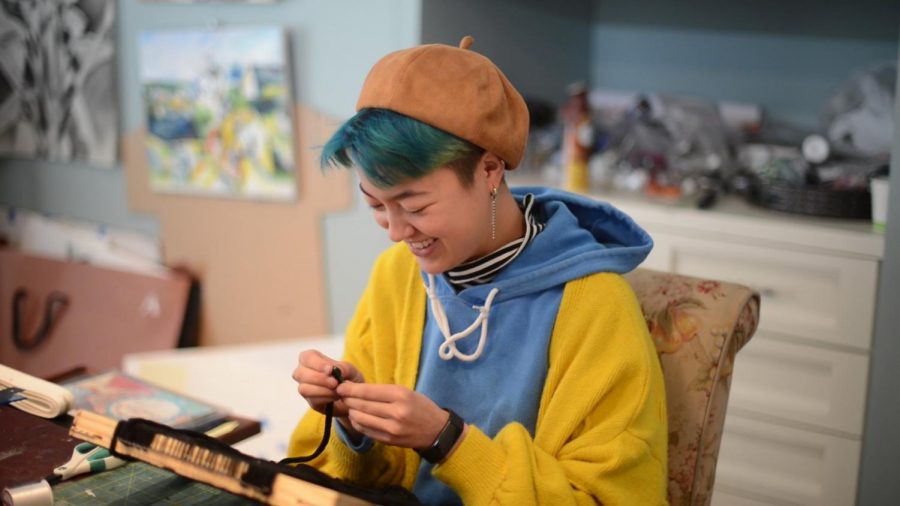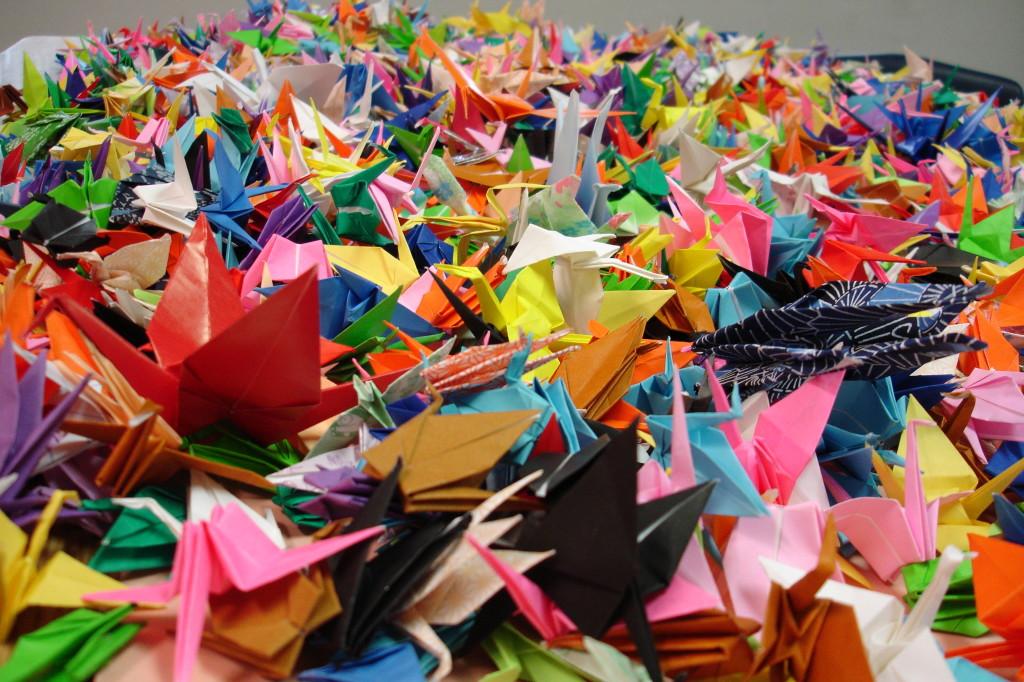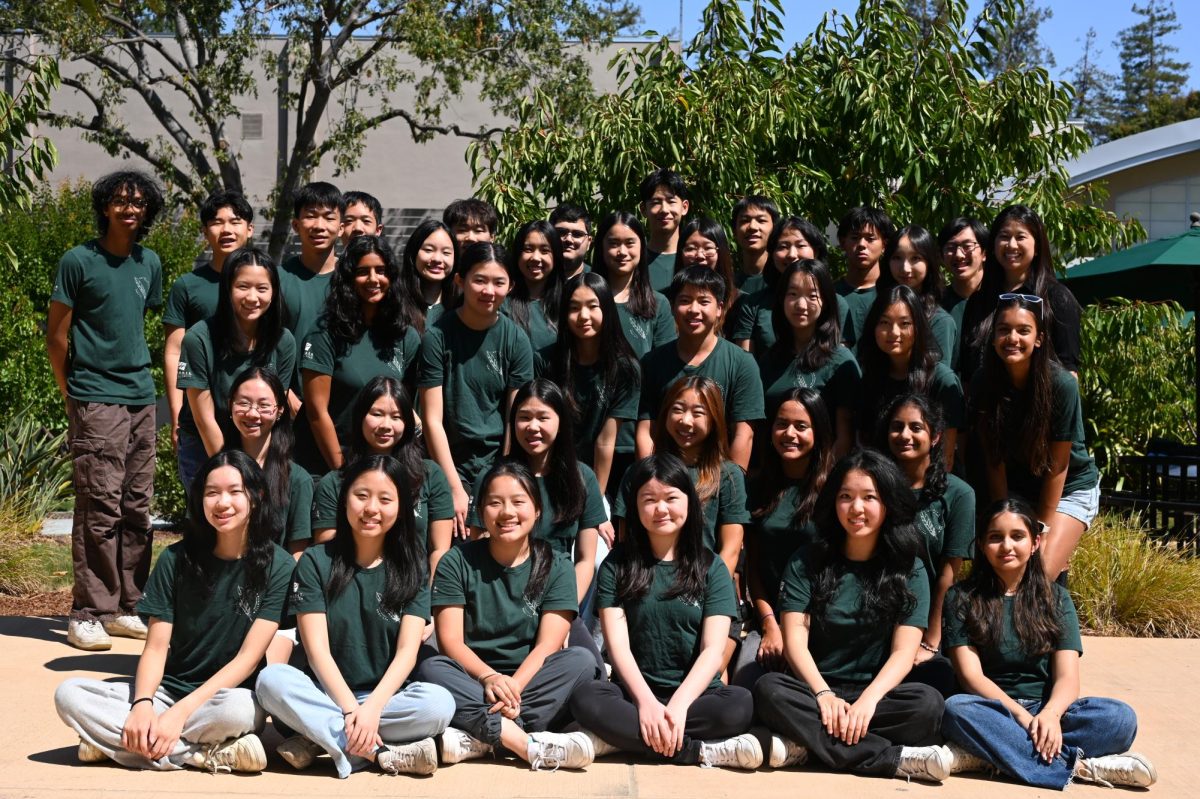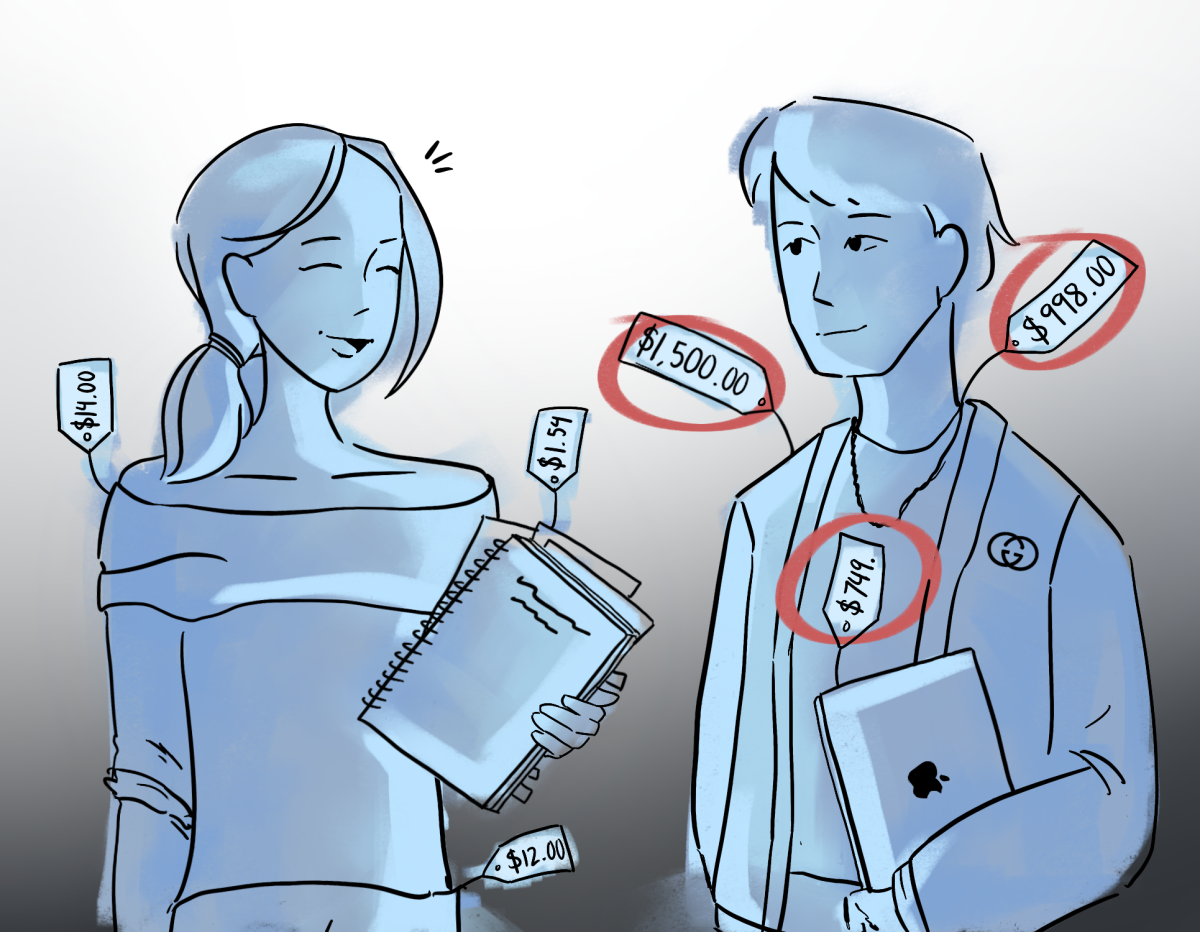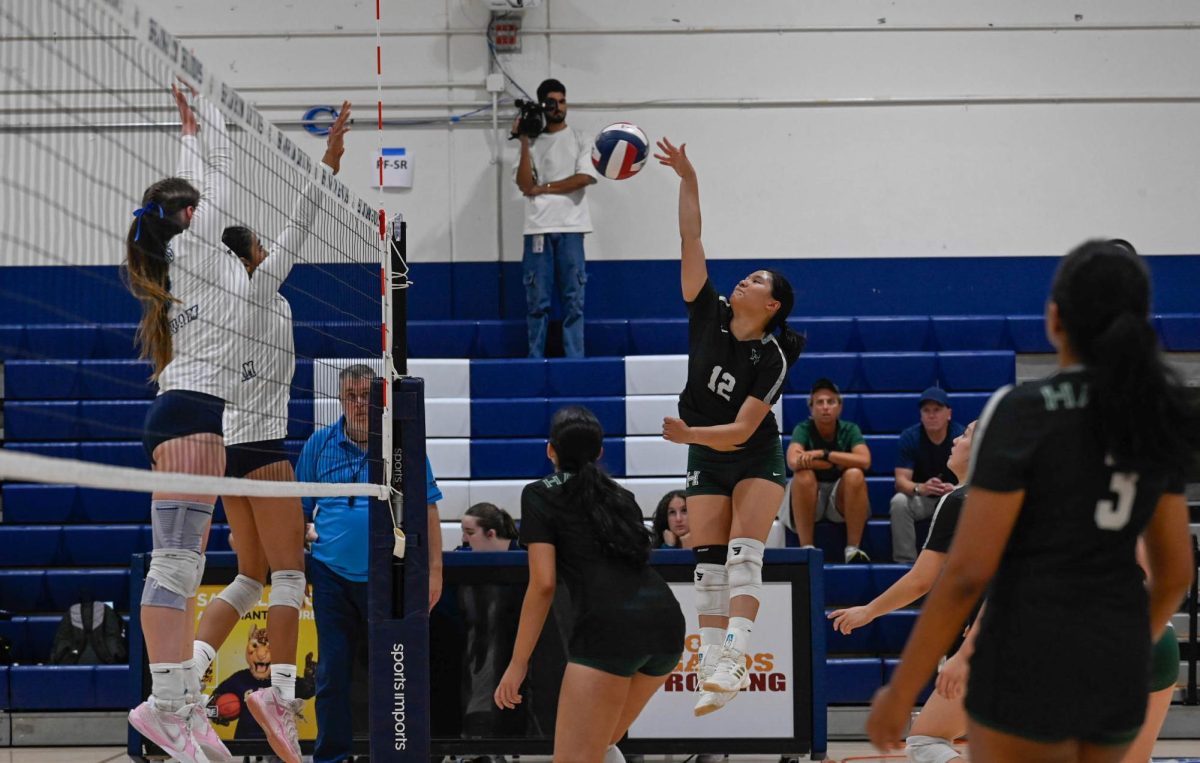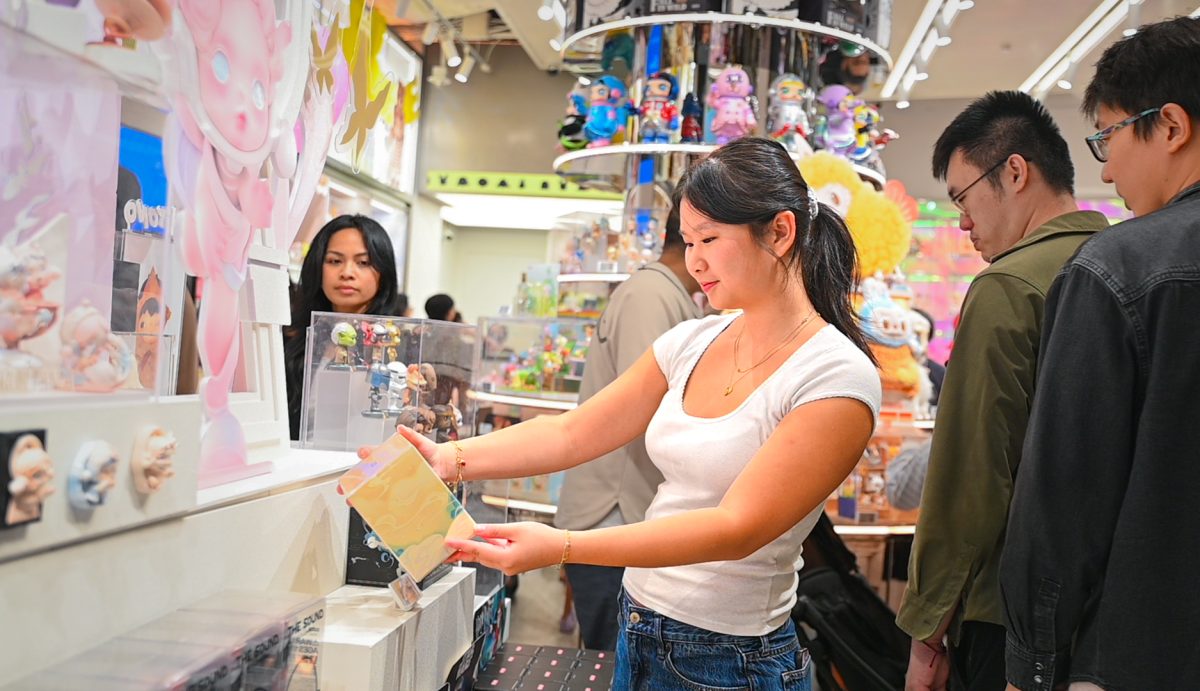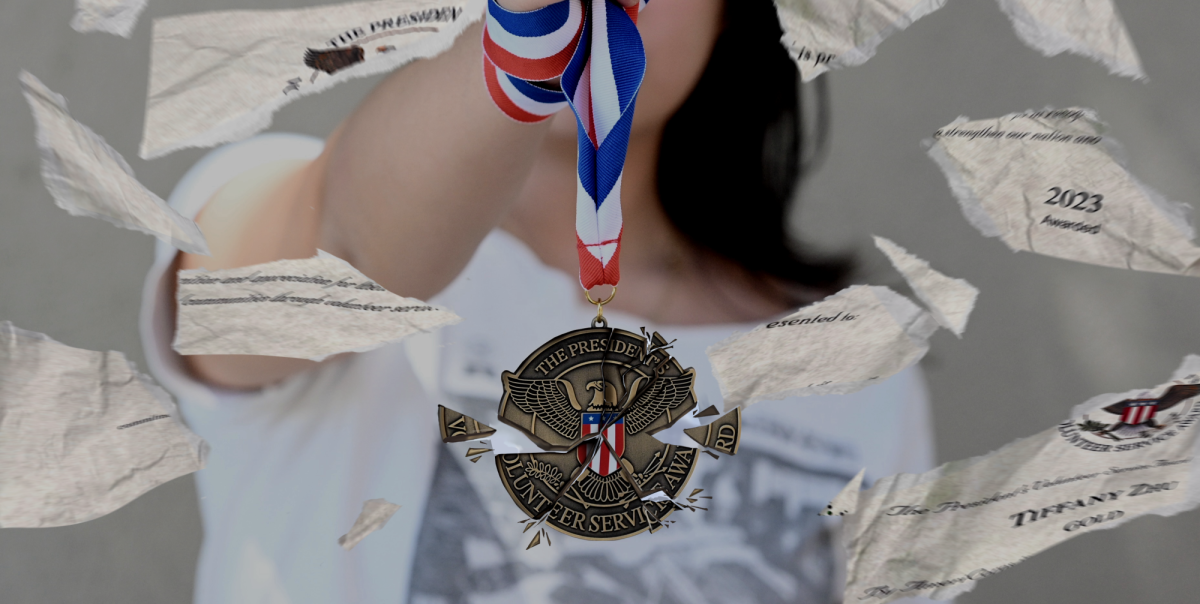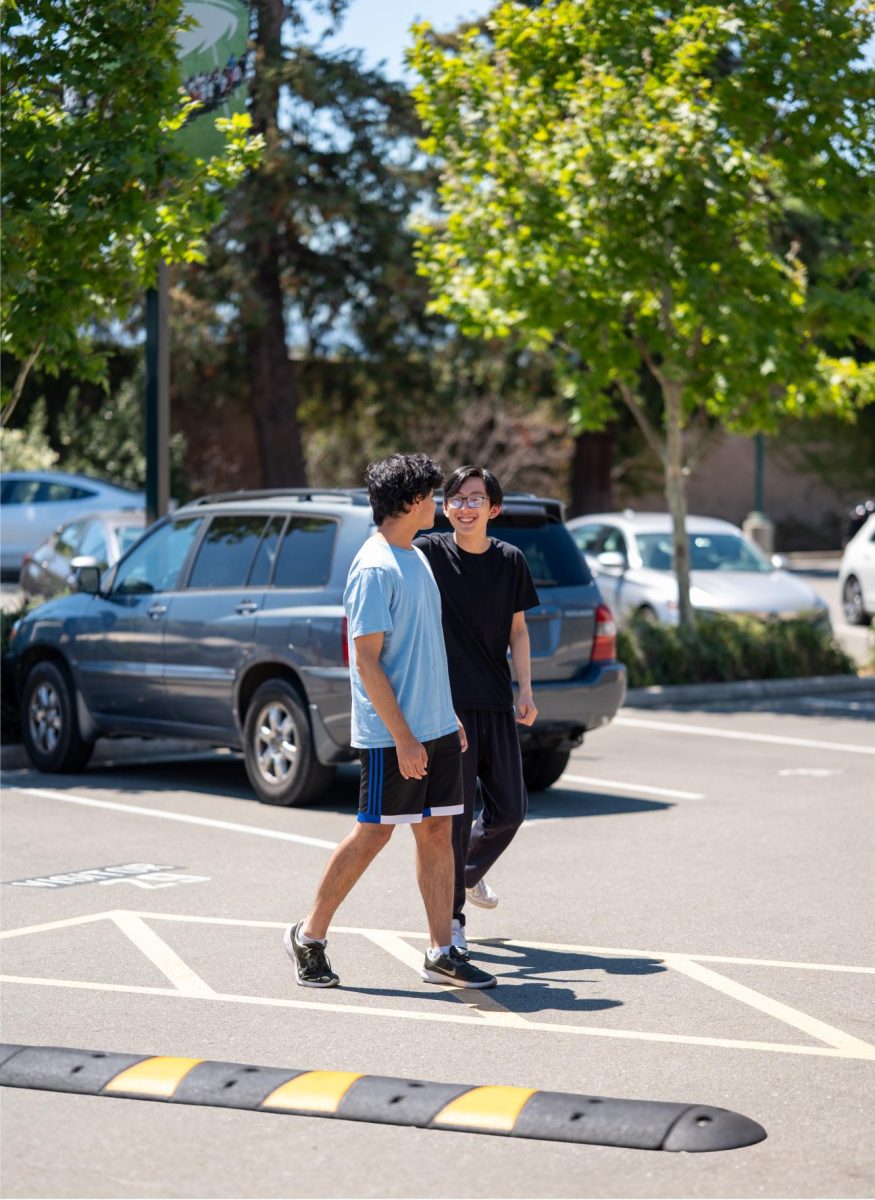After Japan’s earthquake devastations, Japanese teacher Masako Onakado encouraged students to create origami cranes for relief efforts. In total, she has collected 3,715 cranes from the Upper School community and sent them to the chosen organizations: Cranes for Kids and Students Rebuild.
Onakado first got the idea from other educators’ postings from a mailing list for Japanese teachers. However, because of The Japan Bowl, she realized there was not much time. The deadline for Cranes For Kids was only three days after and Students Rebuild was two weeks. Therefore, she asked several students from each class to make announcements to their respective classes that Tuesday.
“I wanted to organize it with students but didn’t have the time,” she said.
Onakado put a box at her classroom door and an envelope with origami paper. Students were able to pick up that paper, make them on their own time, and drop them off; students who did not know how to make cranes could follow a provided instruction sheet.
She received over 1,000 cranes within two days, and the cranes kept coming in large amounts. On April 8, after collecting the cranes from the box that morning, another 100 more were in there the following hour. That day alone, 700 cranes were donated.
“I think the most surprising thing was the sheer number of cranes that came pouring in,” Indica Sur (10) said. “One afternoon in [Onakado]’s room, by the time I had finished counting a box of cranes, the paper box outside we had just emptied was overflowing again.”
Other students, such as Amie Chen (10) agree.
“What surprised me the most was how many people actually wanted to make so many cranes,” Amie said. “I would have only expected people who were taking Japanese or interested in Japanese culture to do it, but I saw that all sorts of people were willing to try it out.”
That first week, Onakado ran out of paper, and students kept coming into her classroom asking for more. She continued to buy more origami paper throughout the weeks.
“So many students consistently came back to donate cranes. It turned out to be really wonderful,” Onakado said. “I didn’t expect that huge response from the entire school community. I’m sure hundreds and hundreds of students were involved with this.”
Expecting 100,000 cranes, Students Rebuild set a budget for $200,000 by donating $2 per crane that they received. But because they were sent more cranes than expected before the deadline, they doubled their donation.
“I was really touched by so many students’ warm hearts,” Onakado said. “I was just so moved by how strongly students were willing to do something to support Japan, and I really appreciate all the support and participation from students.”
Students such as Renu Singh (9) saw the cranes as a helpful symbol towards Japan.
Renu said, “When we send these cranes to the Japanese, we are not only sending the money, but also the hope for better times and the comfort that we are thinking of them.”




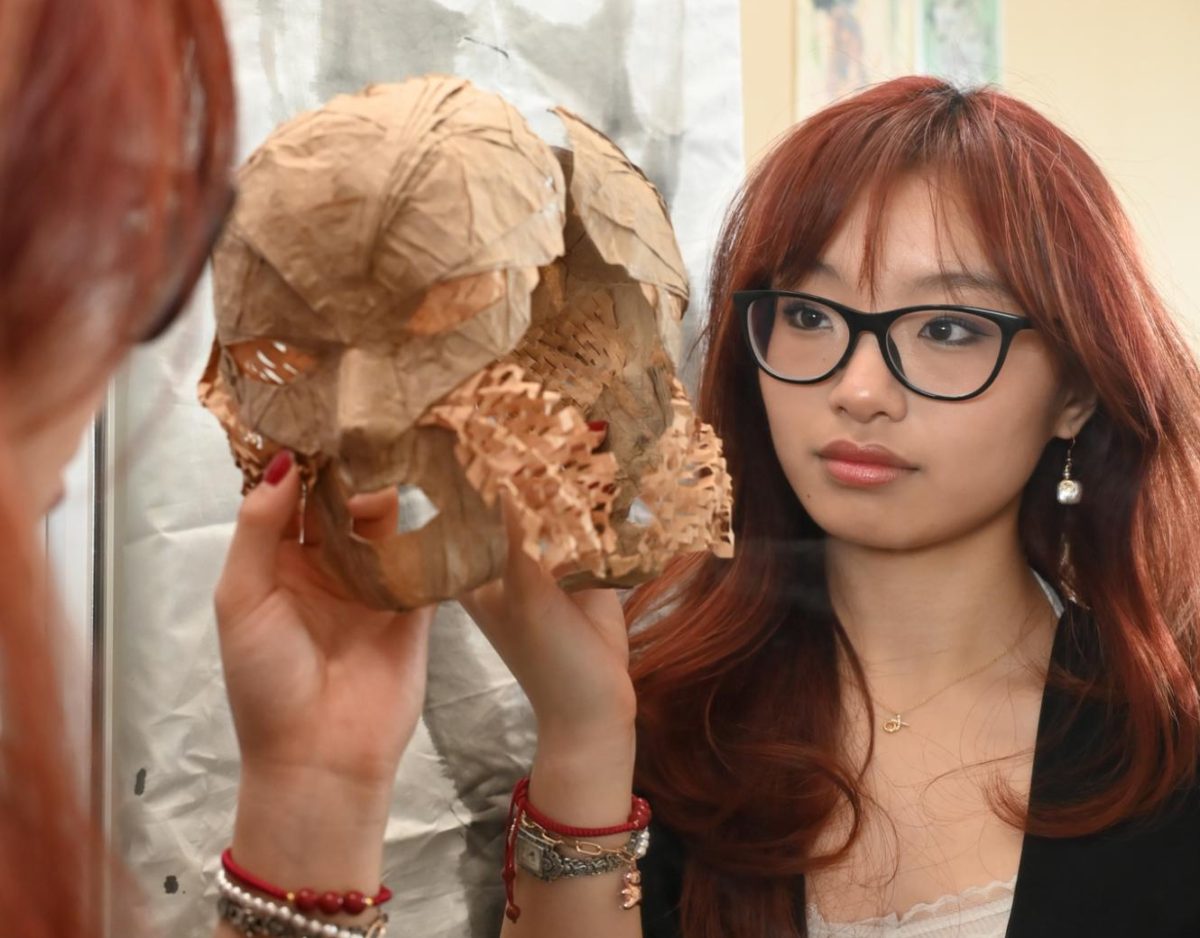

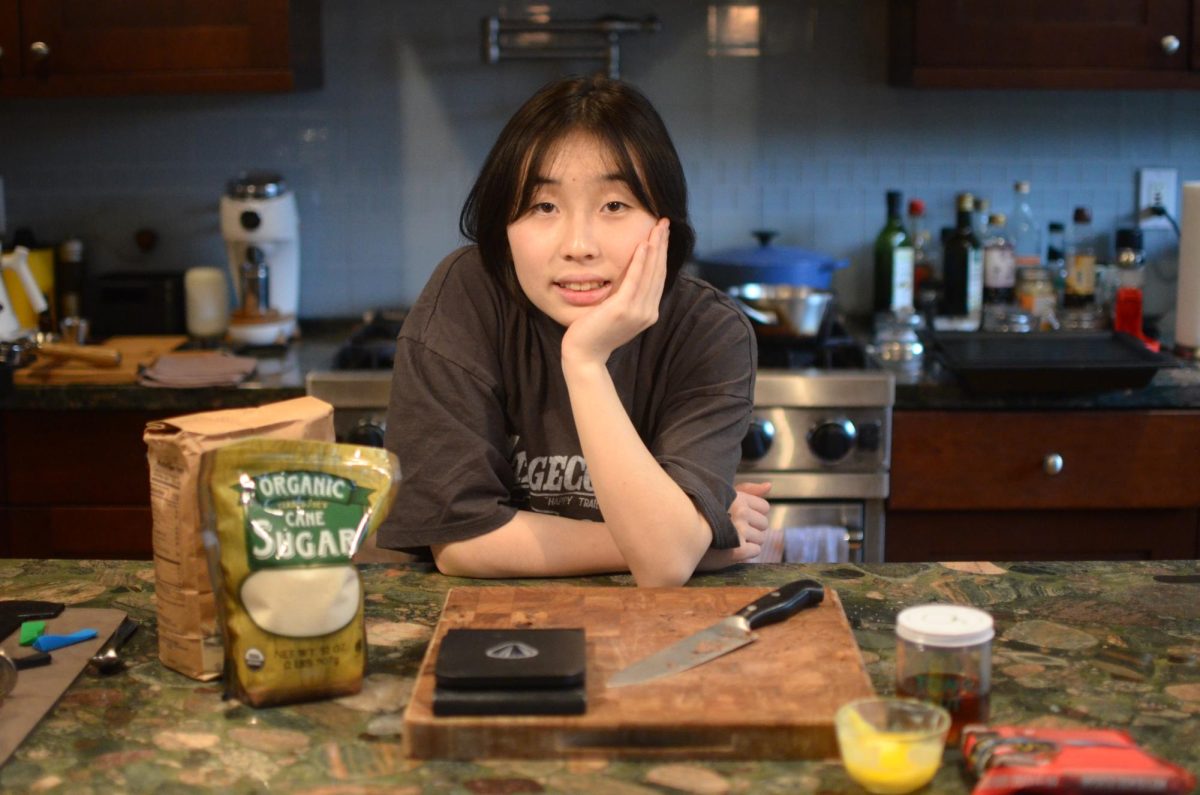


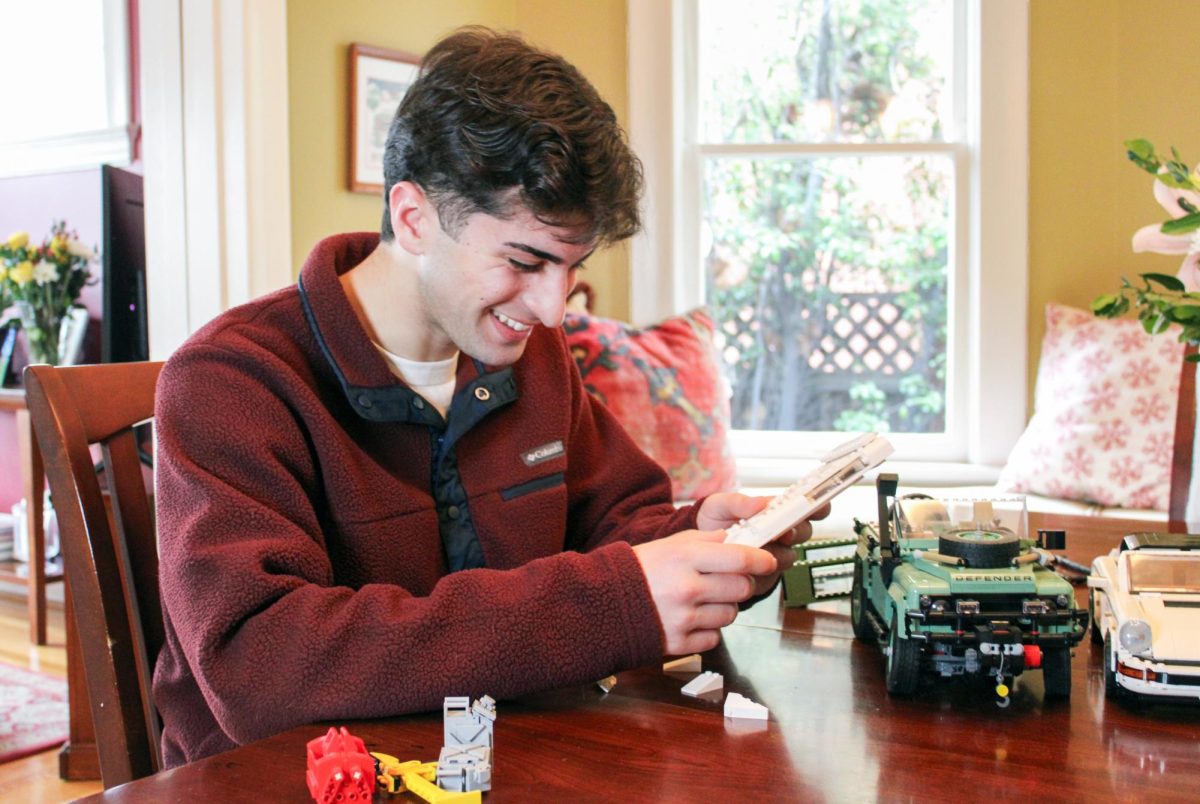







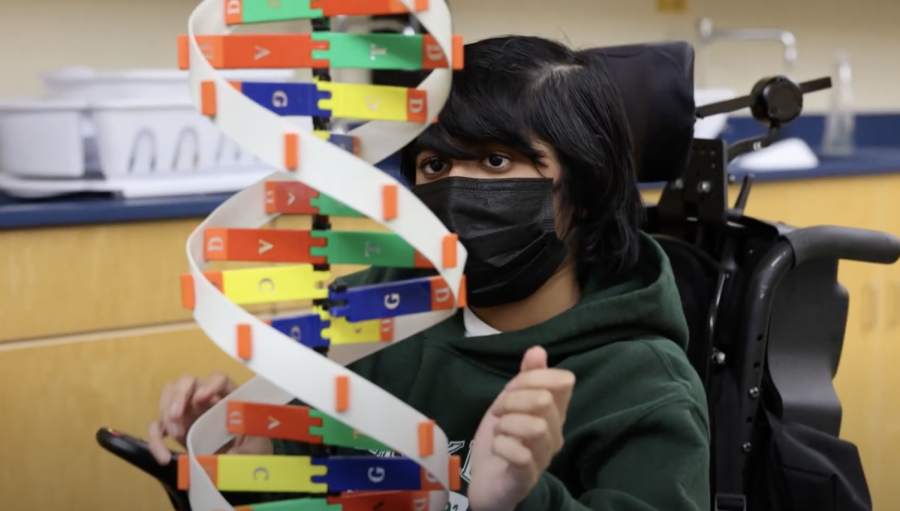
![“[Building nerf blasters] became this outlet of creativity for me that hasn't been matched by anything else. The process [of] making a build complete to your desire is such a painstakingly difficult process, but I've had to learn from [the skills needed from] soldering to proper painting. There's so many different options for everything, if you think about it, it exists. The best part is [that] if it doesn't exist, you can build it yourself," Ishaan Parate said.](https://harkeraquila.com/wp-content/uploads/2022/08/DSC_8149-900x604.jpg)
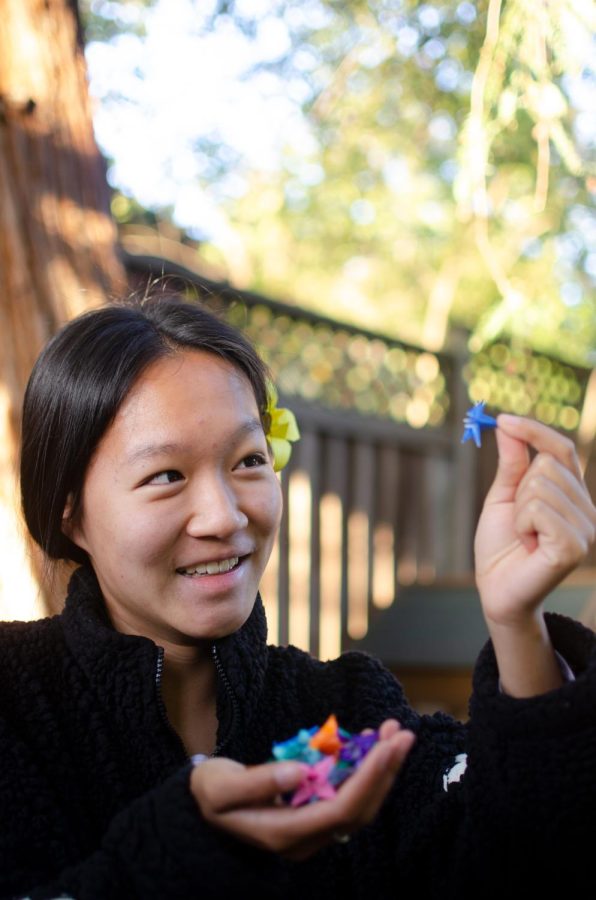
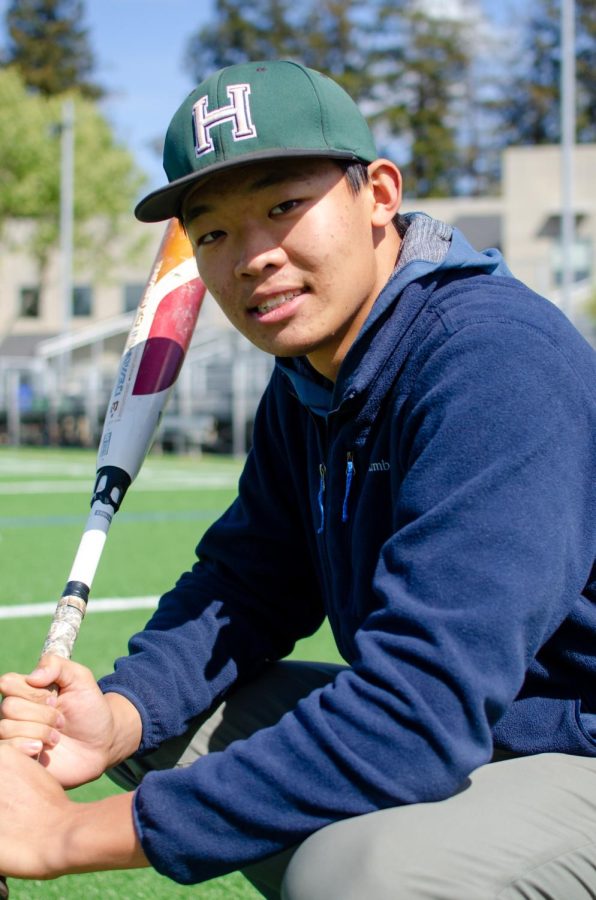

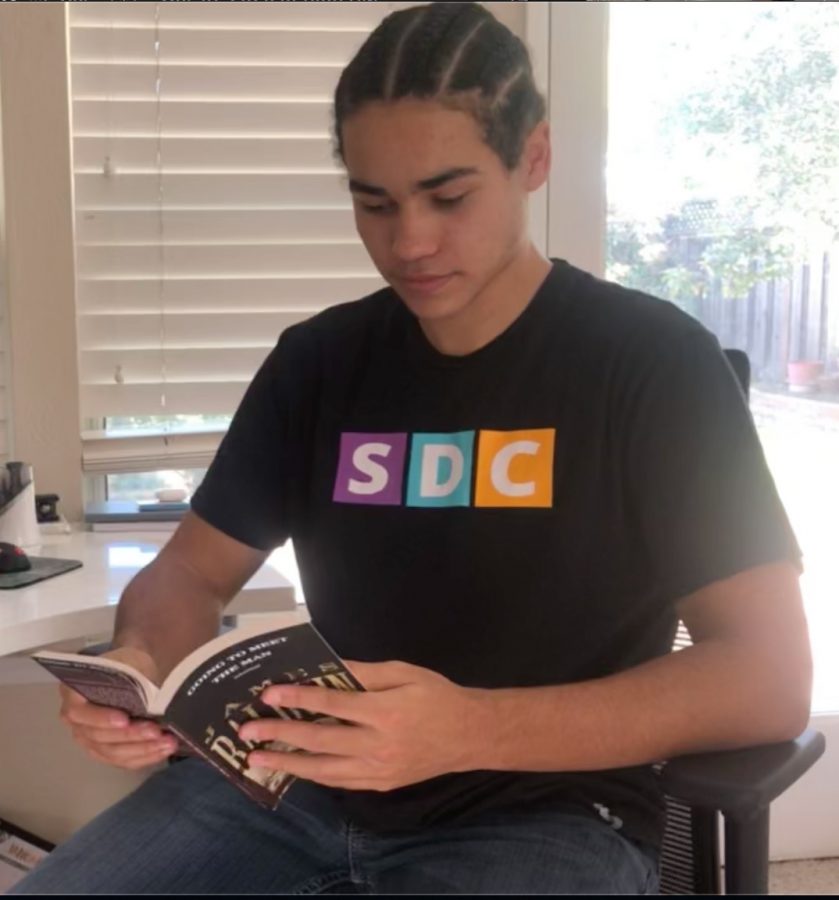
![“When I came into high school, I was ready to be a follower. But DECA was a game changer for me. It helped me overcome my fear of public speaking, and it's played such a major role in who I've become today. To be able to successfully lead a chapter of 150 students, an officer team and be one of the upperclassmen I once really admired is something I'm [really] proud of,” Anvitha Tummala ('21) said.](https://harkeraquila.com/wp-content/uploads/2021/07/Screen-Shot-2021-07-25-at-9.50.05-AM-900x594.png)




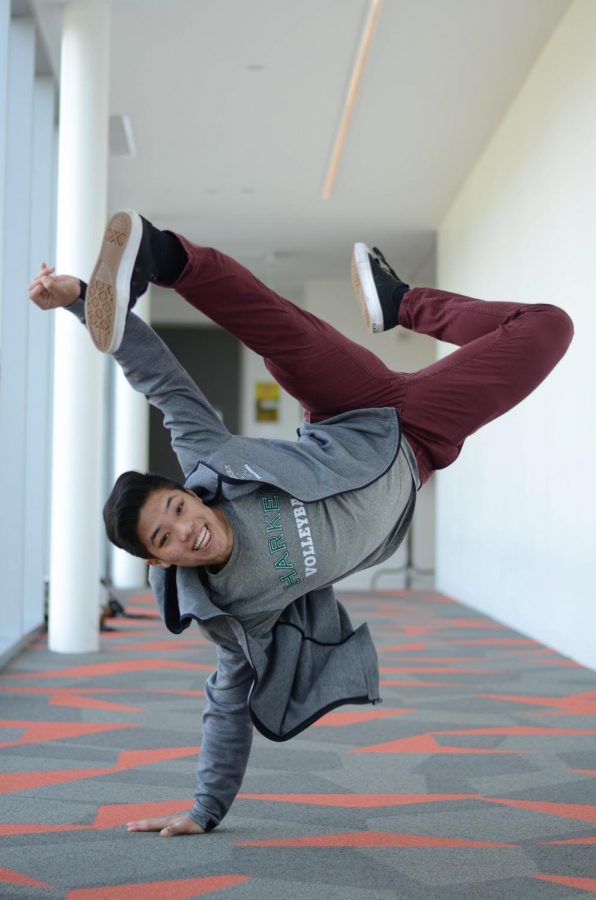


![“I think getting up in the morning and having a sense of purpose [is exciting]. I think without a certain amount of drive, life is kind of obsolete and mundane, and I think having that every single day is what makes each day unique and kind of makes life exciting,” Neymika Jain (12) said.](https://harkeraquila.com/wp-content/uploads/2017/06/Screen-Shot-2017-06-03-at-4.54.16-PM.png)








![“My slogan is ‘slow feet, don’t eat, and I’m hungry.’ You need to run fast to get where you are–you aren't going to get those championships if you aren't fast,” Angel Cervantes (12) said. “I want to do well in school on my tests and in track and win championships for my team. I live by that, [and] I can do that anywhere: in the classroom or on the field.”](https://harkeraquila.com/wp-content/uploads/2018/06/DSC5146-900x601.jpg)
![“[Volleyball has] taught me how to fall correctly, and another thing it taught is that you don’t have to be the best at something to be good at it. If you just hit the ball in a smart way, then it still scores points and you’re good at it. You could be a background player and still make a much bigger impact on the team than you would think,” Anya Gert (’20) said.](https://harkeraquila.com/wp-content/uploads/2020/06/AnnaGert_JinTuan_HoHPhotoEdited-600x900.jpeg)

![“I'm not nearly there yet, but [my confidence has] definitely been getting better since I was pretty shy and timid coming into Harker my freshman year. I know that there's a lot of people that are really confident in what they do, and I really admire them. Everyone's so driven and that has really pushed me to kind of try to find my own place in high school and be more confident,” Alyssa Huang (’20) said.](https://harkeraquila.com/wp-content/uploads/2020/06/AlyssaHuang_EmilyChen_HoHPhoto-900x749.jpeg)

